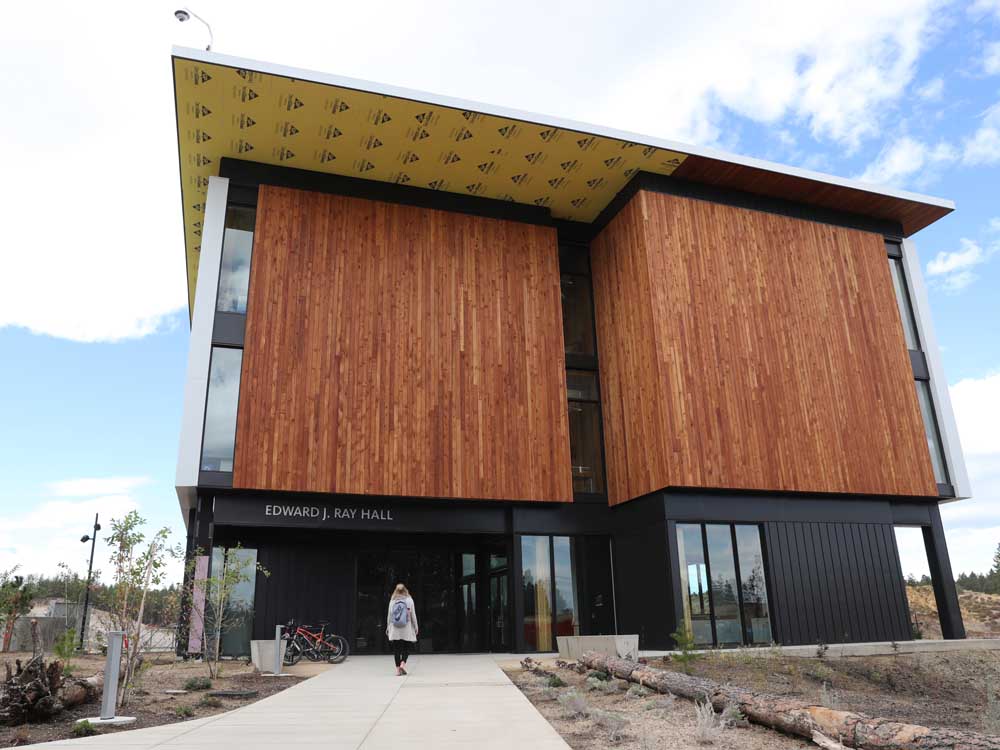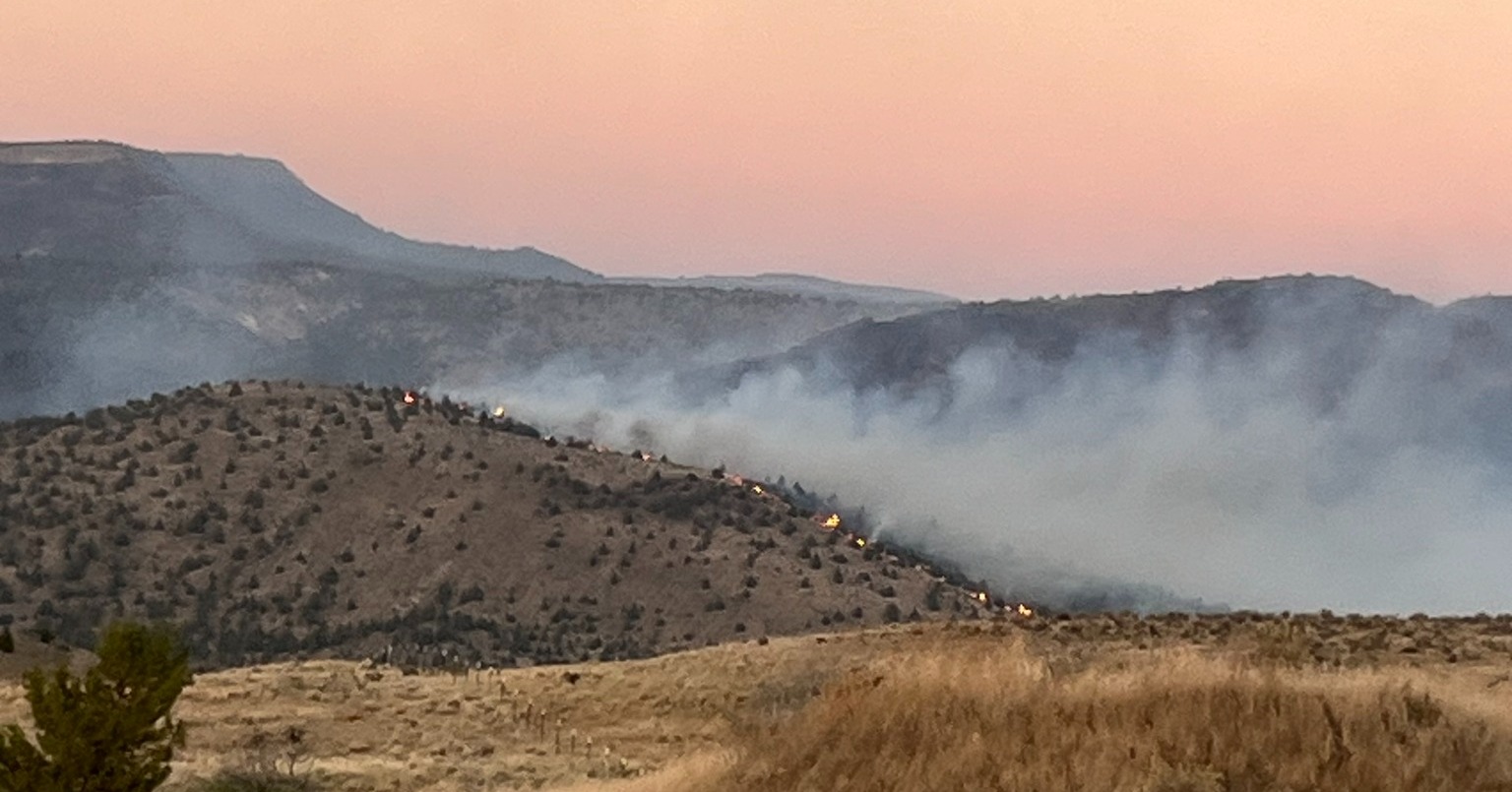Editorial: OSU-Cascades is not net zero, but it is aiming for net zero
Published 5:00 am Wednesday, March 15, 2023

- Edward J. Ray Hall, the Oregon State University-Cascades academic building, was built net-zero ready. This photo is from 2021.
OSU-Cascades has a vision for a net zero campus. It is not there, yet. Reaching the goal is going to take years.
It’s getting closer on energy. There’s potential with water. Waste is likely going to be the most challenging.
Trending
Net zero is talked about so much as a goal for many businesses and organizations. So when we heard Jarrod Pentilla of Oregon State University-Cascades tout “net zero” as a reason businesses want to partner with the school, we wondered just how close the campus was.
The goal at the campus is to achieve net zero energy, water and waste closer to the full build out of the campus, not as every new building is built. And while the school’s definition of net zero is generally clear, there are specifics that haven’t been decided. For instance, does net zero waste include new construction or just once buildings are built?
Buildings don’t have solar, yet. The plan is that they will.
Steve Pitman, the interim chief operations officer for the campus, told us a project has been scoped to put solar on building rooftops. Rooftop solar and an installation of solar panels on the ground — maybe over a parking lot — should be enough for all the campus electricity needs.
When the energy demand of the campus reaches about 1 megawatt, that’s where financing and incentive packages can make more sense. The university may still pay for the solar all by itself. That hasn’t been decided. The cost may run $2.5 million to $3.5 million, he estimated. The investment may pay for itself in 12 to 18 years and the lifespan of the equipment will be beyond that.
The campus already is using geothermal technology. It provides the energy that heats and cools Edward J. Ray Hall on campus. It works by circulating water from the aquifer under the campus. The water is used as a heat exchanger. The campus does not have a consumptive water right. It does not consume any water for the geothermal. It takes water out and puts it back in.
Trending
Even during that stretch of very hot summer days last year, the geothermal cooling could keep Ed Ray Hall cool. The building does have a back up electric boiler to ensure the building does not freeze if the geothermal system fails.
The campus doesn’t have a hope of getting to net zero on water without using some reclaimed water. It does not use reclaimed water now. Eventually toilet flushing and irrigation will be done with reclaimed water. Ed Ray Hall was built with a dual-pipe system that would allow the campus to reuse toilet water once it has been treated. OSU-Cascades does not have its own water treatment plant. That may be 10 years away, when the campus has grown enough so it makes sense.
The campus also may do what is sometimes called sewer mining. Working with the city, it could treat sewer water flowing through a nearby city sewer line and use that reclaimed water in its toilets and irrigation.
Getting to net zero on waste is problematic. Think about doing it on a smaller scale, just for a home. Everybody would have to be on board with recycling, composting and so on.
That’s one thing for a family to get organized around. It’s another thing for everybody on campus to cooperate. Students and staff would have to help by thinking about what they bring to campus or get shipped in through the mail. One possibility is paying students to help with organized recycling. Todd Montgomery, a professor at OSU-Cascades, has actually done research in the hospitality industry to try to find ways to reduce food waste. That could help.
OSU-Cascades is a long way from net zero. But it is serious about trying to get there. And that’s about the best we could ask.








